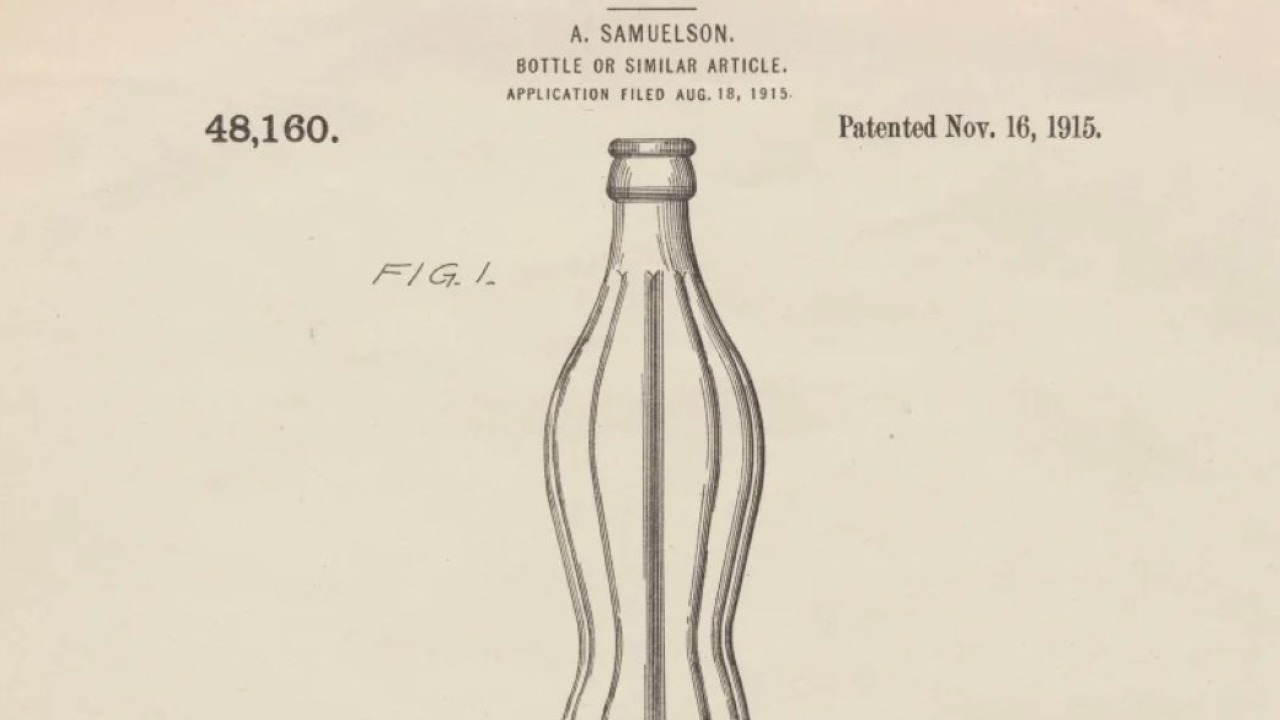
Registration of Industrial Designs in Kenya
CIPIT’s Industrial IP Database contains several registered intellectual property rights, which also include industrial designs. This article aims to provide awareness to users of the database about industrial designs and the registration process involved. An overview of industrial designs is discussed including the registration considerations of industrial designs. As a starting point, it is fundamental to understand what industrial designs entail. Industrial designs are defined as the ‘overall appearance of a product resulting from one or more visual features of the shape, configuration, pattern or ornamentation of a product.’1Industrial design is therefore related to the aesthetic of a product like its shape, colour, pattern or other visual characteristics. 2They are sometimes also referred to as design patents and they protect a variety of products ranging from jewelry to electronic devices.3
The difference between an industrial design and a patent is that the former only protects the appearance or aesthetic features of a product while the latter protects inventions that offer a new technical solution to a problem.4 Thus, industrial designs do not protect a product’s technical or functional features.5 For instance, an industrial design can protect the pattern of a tablecloth or the configuration and original shape of shoes.6 If the functionality changes for instance the integration of a new shock-absorption mechanism, the functionality aspect won’t be protectable by industrial design but by a patent.7
Industrial designs are required to be registered in an intellectual property office where protection is sought.8 In Kenya, this is done at the Kenya Industrial Property Institute (KIPI). By registering an industrial design, the owner precludes third parties from ‘reproducing the industrial design in the manufacture of a product, importing, offering for sale and selling a product reproducing the protected industrial design or stocking of such a product for the purposes of offering it for sale or selling it.’9
Industrial Design Registration Considerations
Before embarking on the registration of an industrial design, an applicant should consider the following:
- Whether the industrial design is registrable.
- What amounts to a non-registrable industrial design?
- The registration requirements.
For an industrial design to be registered, it has to be new.10 This means that it should not be identical or substantially similar to one already disclosed to the public.11 It becomes non-registrable if it is determined that the industrial design is contrary to public order and morality.12 Additionally, works of sculpture, architecture, painting, photography and other creations that are purely artistic cannot qualify for registration as industrial designs.13
According to section 87 of the Industrial Property Act 2019, a person wishing to register an industrial design should send the following to KIPI:
- An application in the prescribed form (Form IP 27);
- A power of attorney if the applicant is represented by an agent;
- Drawings, photographs or any other graphic representations of the article embodying the industrial design and an indication of the kind of products for which the industrial design is to be used; and
- The prescribed fee.
Where an applicant is not the creator, then the request is supposed to be accompanied by a statement justifying the applicant’s right to the registration of the industrial design.14
It is crucial for an applicant to conduct a search first to determine whether a design is available for registration. Once that is established, the applicant applies together with the respective documents and thereafter KIPI examines the documents to ensure that they are in order and comply with the formal requirements.15 If satisfied, the managing director of KIPI shall accept the publication and publish it in the prescribed manner.16 Interested members of the public can then object to the registration within 60 days.17
Once satisfied that all requirements have been met, the managing director registers the industrial design and then issues a certificate of registration to the applicant.18 Registration of an industrial design confers exclusive rights for 5 years from the registration date.19 The registration may also be renewed for two further consecutive periods of 5 years upon payment of the prescribed fee.20 The renewal fee for registration has to be paid within twelve months preceding the expiration of the registration period although a grace period of six months is granted for late payment of renewal fees on payment of the surcharge.21 During the registration process, it is important for applicants to be aware of the respective fees to be paid as provided in the Industrial Property Regulations 2002.22 Some of the fees to be paid include: application fee for registration of an industrial design, publication fee for notice of application to register an industrial design, fee of notice of opposition, registration fee of the industrial design and renewal fee.
Image is from foodbeast.com.
1 Industrial Property Act 2019, section 84 (1)
2 Fernando Pacheco-Torgal and others (eds), Start-up Creation (Elsevier 2016)
3 ibid
4 WIPO, Frequently Asked Questions: Industrial Designs <https://www.wipo.int/designs/en/faq_industrialdesigns.html#:~:text=An%20industrial%20design%20right%20protects,functional%20features%20of%20a%20product. > accessed 11 September 2023
5 ibid
6 Christopher Heer, Annette Latoszewska and Daryna Kutsyna, The Basics and Benefits of Industrial Design (30 June 2023) <https://www.heerlaw.com/industrial-design-basics-benefits > accessed 9 September 2023
7 ibid
8 Pacheco ( n 2)
9 Industrial Property Act 2019, section 92 (1)
10 ibid section 86 (1)
11 ibid
12 ibid section 86 (4) (a)
13 ibid section 86 (4) (b)
14 ibid section 87 (3)
15 Hellen Karari, Industrial Designs in Kenya (7 May 2020) <https://www.linkedin.com/pulse/industrial-designs-kenya-hellen-karari/ > accessed 15 September 2023
16 Industrial Property Act 2019, section 87 (8)
17 Geofrey S. Ochieng, What you need to know about Industrial Design in Kenya < https://aip-advocates.com/wp-content/uploads/2021/05/What-you-need-to-know-about-industrial-design-in-Kenya.pdf> accessed 15 September 2023
18 Industrial Property Act 2019, section 87 (13)
19 Ochieng ( n 17)
20 Industrial Property Act 2019, section 88 (2)
21 ibid section 88(3)
22 Kenya Law, Industrial Property Regulations 2002 <http://kenyalaw.org:8181/exist/kenyalex/sublegview.xql?subleg=No.%203%20of%202001#KE/LEG/EN/AR/I/NO.%203%20OF%202001/SUBLEG/HC_LN502002 > accessed 15 September 2023

